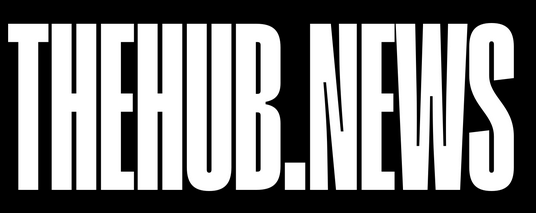My 13-year-old son recently had two outstanding accomplishments last week, which I am very proud of. One was expected: his graduating junior high school. The second is his beating me in a race, dashing up three flights of stairs at the Atlantic Ave/Barclays train station in Brooklyn.
The first was expected as he worked to graduate, but the second was a massive surprise. I had hoped this day would come when he would surpass me in many things, but I didn’t expect it to be so soon in the form of an impromptu race in a Brooklyn train station. As we laughed at his fantastic accomplishment of outdoing his dad, I vowed to train and challenge him to a rematch. One of the main body parts I will have to improve is my calf muscle, also known as the “second heart.”
The calf muscle, often called the “second heart,” is crucial in maintaining our overall health. This nickname stems from its essential function in aiding blood circulation, particularly from the lower extremities to the heart. Understanding the importance of the calf muscle and how to keep it healthy can significantly impact our well-being.
Why Is the Calf Muscle Called the “Second Heart”?
The concept of the calf muscle as a second heart dates back to the early 20th century when medical professionals recognized its critical role in venous return. When the calf muscle contracts, it compresses the deep veins in the legs, pushing blood back towards the heart. This action is significant because blood has to work against gravity to return from the lower parts of the body. Without the calf muscle’s assistance, blood could pool in the legs, leading to varicose veins and deep vein thrombosis.
In the 1920s, British physician Sir George Ernest Gordon described the importance of muscle contractions in venous return. Further research solidified the understanding of the calf muscle as a vital component in circulatory health.
Maintaining calf muscle health is essential for overall circulation and can be achieved through regular exercise, stretching, and proper hydration. Activities like running, cycling and swimming promote muscle strength and endurance. Regular stretching helps maintain flexibility and prevent stiffness. Simple stretches like the calf raise, where you stand on your toes and slowly lower your heels, can be beneficial. Proper hydration and a balanced diet of essential nutrients support muscle function and recovery. Wearing compression socks or stockings can help improve blood flow in the legs, especially for individuals who spend long periods standing or sitting.
To keep your calf muscles healthy, incorporate the following exercises into your routine.
- Calf raises involve standing with your feet hip-width apart, rising onto your toes, and slowly lowering your heels back to the ground. Repeat 10-15 times for three sets.
- Seated calf raises can be done by sitting on a chair with your feet flat. Lift your heels off the ground while keeping your toes planted, then lower your heels. Repeat 10-15 times for three sets.
- Ankle circles are performed by sitting or lying down and extending one leg. Rotate your ankle in a circular motion, ten times clockwise and ten times counterclockwise. Switch legs and repeat.
- Step-ups involve finding a step or a sturdy platform. Step up with one foot, then the other, and step down. Alternate your starting foot. Perform 10-15 repetitions for three sets.
While focusing on calf muscle health is essential, it is equally crucial to engage in overall exercise. Regular movement benefits the entire body. Improved circulation enhances blood flow, reduces the risk of cardiovascular diseases and aids in the removal of waste products from tissues. Exercise helps maintain a healthy weight, reducing the risk of obesity-related conditions. It releases endorphins, which are natural mood lifters, reducing stress, anxiety and depression. Exercise promotes muscle strength, endurance and bone density, reducing the risk of osteoporosis. Furthermore, regular physical activity can improve sleep patterns and overall sleep quality.
In conclusion, the calf muscle, or the “second heart,” is a vital component of our circulatory system. Maintaining health through regular exercise, stretching and proper hydration can ensure overall well-being and enhance our quality of life.
Remember to seek advice from your doctor or health professional before starting any new exercise regimen.


